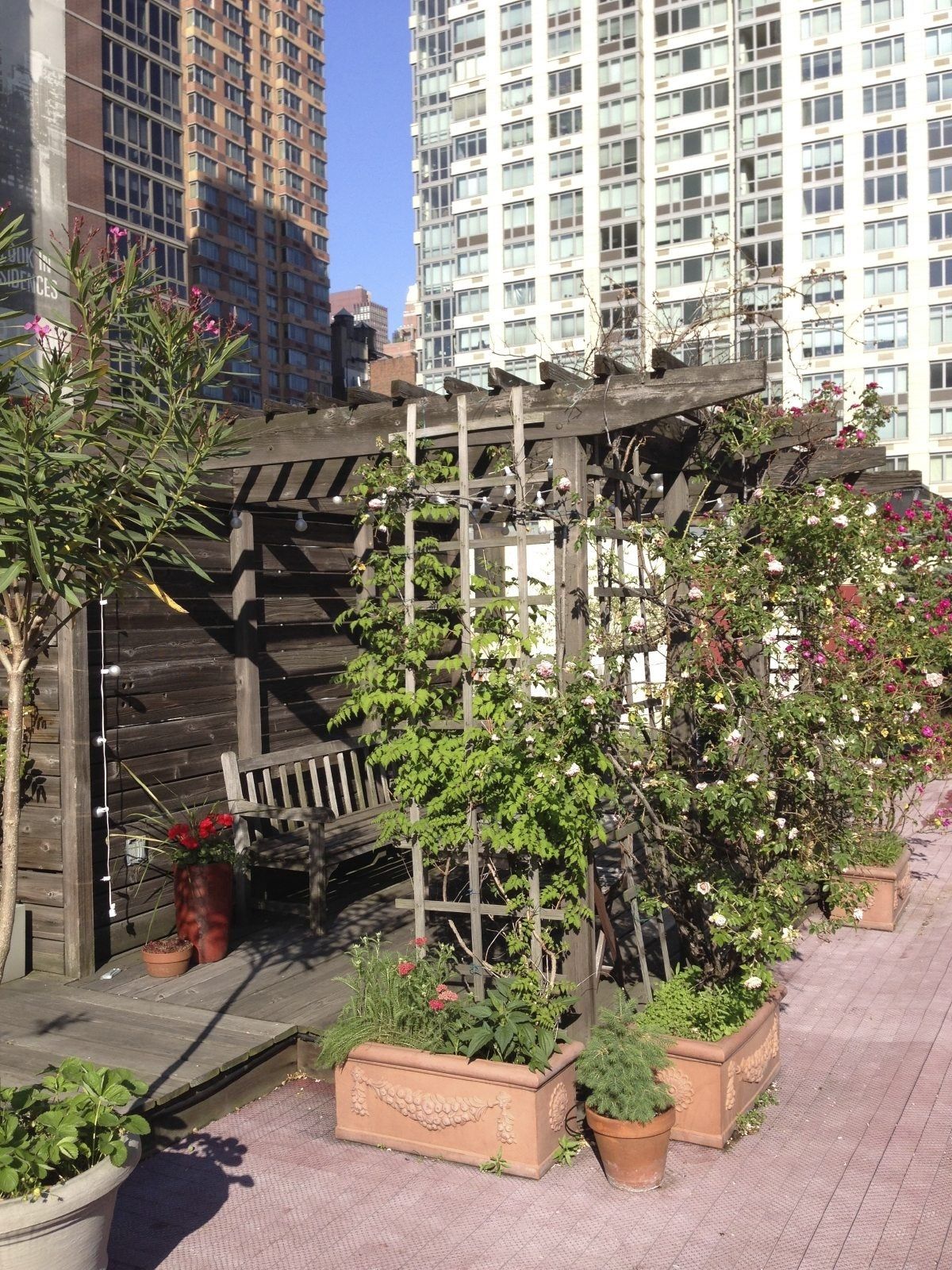Some Known Details About City Blooming
4 Simple Techniques For City Blooming
Table of ContentsCity Blooming - TruthsWhat Does City Blooming Do?Not known Details About City Blooming How City Blooming can Save You Time, Stress, and Money.Examine This Report on City Blooming
Interested in expanding food to buy in the City of Chicago? Assuming regarding beginning a neighborhood yard? Changes to the Chicago Zoning Regulation permit agricultural uses like area yards and city ranches in numerous components of the city. Below is a checklist of often asked questions regarding the regulations and guidelines that farmers must take into consideration when preparing a city agriculture task.
The zoning amendment does not customize any other codes managing composting, structure authorizations, purchasing or leasing City had residential or commercial property, organization licenses or environmental contamination. There are existing codes that regulate these concerns and they remain in complete effect and may be relevant to your project. Neighborhood yards are generally had or taken care of by public entities, public organizations or community-based companies and kept by volunteers.
Urban farms expand food that is planned to be sold, either on a not-for-profit or for-profit basis. Due to their industrial function, metropolitan ranches require an organization certificate. Yes. An area garden is enabled to sell excess produce that was grown on website if the sales are accessory or subservient to the garden's key purpose described over.
What Does City Blooming Mean?
The amount of compost material can not surpass 25 cubic lawns at any type of offered time according to the criteria in 7-28-715 of the City's Municipal Code. Due to the fact that the dirt at many new garden websites requires amending, garden compost, soil, timber chips, or various other products can be gotten to build or boost the expanding space.

If a structure permit is needed then the hoophouse will certainly be thought about an accessory building. You can learn more regarding the building permit requirements by getting in touch with the Department of Structures. The 25,000-square-foot dimension limitation is meant to avoid a single area garden from dominating a provided block or diminishing the block's existing property or commercial personality.
The restriction does not use to gardens located in Public Open Room (POS) over at this website areas. Can there be more than one area yard that is 25,000 square feet on a solitary block? Yes. The dimension limitation uses to individual gardens, not to specific blocks. No. Secure fencing is not called for, however, yards that have huge parking locations may be needed to set up fence or other landscaping functions.
The smart Trick of City Blooming That Nobody is Talking About
B1 & B2 districts require that all business usage activities be conducted inside your home. Is fencing needed for urban ranches? Fencings might be called for, along with landscape design and testing, for certain car parking areas and outdoor work or storage areas depending on location and the certain activity taking place.
Yes. Urban farms require building authorizations and zoning approvals before construction. Other kinds of city testimonial might be called for depending on certain frameworks, activities, size, landscaping, licensing, public heath and stormwater management issues. Many of these requirements are recognized in the job style or permitting procedure, nonetheless, the candidate may be responsible to individually determine particular licenses or permits that may be called for.
Yes. The type of certificate is identified by what is happening at the website. The Division of Organization Matters and Consumer Defense can aid determine the certain kind of service license that's required. Yes. Off road vehicle parking is required for most commercial projects in Chicago. The needed number of car parking rooms is based upon the variety of staff members functioning on site and not the square video footage of the growing area.
See This Report about City Blooming

Yes. A city farm can sell garden compost material produced on site, nonetheless, the procedure should follow the policies in 7-28-715 of the Chicago Municipal Code. Yes. Aquaponic systems are permitted indoors on metropolitan ranches in several zoning districts. A zoning evaluation and building license is required in order to mount structures or systems and a company permit is called for as described over.
Up to five hives or colonies of honey bees might be kept as an accessory use. Beekeepers need to sign up with the Illinois Department of Farming. For more details regarding the suggested zoning change you may call the Department of Real Estate and Economic Growth, Bureau of Preparation and Zoning at 312.744.8563.
Farming in cities and urban locations A metropolitan ranch in Chicago. Urban agriculture describes different practices of cultivating. https://www.openlearning.com/u/danielnold-sfprdq/, handling, and dispersing food in city areas. The term likewise uses to the location tasks of animal husbandry, aquaculture, beekeeping, and cultivation in a city context. Urban agriculture is identified from peri-urban farming, which occurs in country locations at the edge of suburban areas.
The Best Strategy To Use For City Blooming
It can include an activity of natural farmers, "foodies" and "locavores", that seek to develop social media networks based on a common ethos of nature and area holism. These networks can establish using official institutional assistance, becoming integrated right into neighborhood town as a "shift community" movement for lasting urban advancement.
Some of the initial proof of metropolitan farming comes from Mesopotamia.